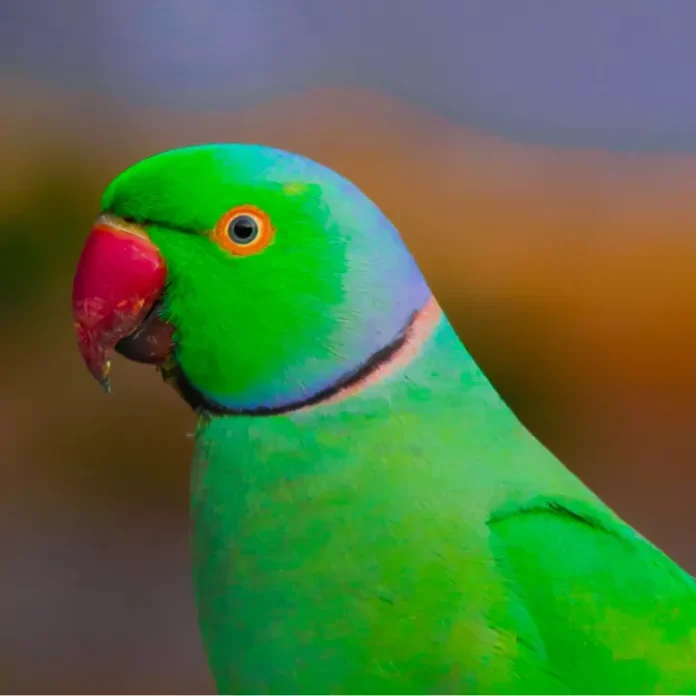Recently, our project team ran an activity booth at a science-themed block party. The booth was a fun way to teach partygoers about the science behind genetics, phenotypes, and Punnett squares. Our team created an interactive activity that presented partygoers with three genetics-based puzzles at varying levels of difficulty. Because it was close to Halloween, we incorporated the use of candy into these puzzles, which served as an incentive for puzzle-solvers to challenge their scientific skills and learn something new.
The easiest puzzle involved crossing two parents with an identical genotype in a single-trait Punnett square. In this example, taffy was used to represent the dominant allele and hard candy was used to represent the recessive. Two piles of candy were provided to participants, who used the sweets to complete the missing square in the puzzle. Afterwards, we asked a question on the phenotypes of the resulting organisms to ensure conceptual understanding on the part of the participant. The puzzle is included below:
 The second puzzle involved the evaluation of a sex-linked trait. In this case, unaffected X-chromosomes were represented by dark colored hard candy while affected X-chromosomes were represented by light colored candy. Taffy was used to represent the Y-chromosome. Participants were now asked to fill in two separate squares using the corresponding candy chromosomes. Two questions regarding the outcome of such a genetic cross were then posed. This puzzle helped to teach participants about why some diseases and conditions are more prevalent in one sex. The puzzle is included here:
The second puzzle involved the evaluation of a sex-linked trait. In this case, unaffected X-chromosomes were represented by dark colored hard candy while affected X-chromosomes were represented by light colored candy. Taffy was used to represent the Y-chromosome. Participants were now asked to fill in two separate squares using the corresponding candy chromosomes. Two questions regarding the outcome of such a genetic cross were then posed. This puzzle helped to teach participants about why some diseases and conditions are more prevalent in one sex. The puzzle is included here:
 Lastly, the third puzzle challenged participants with a dihybrid cross, which involved analyzing two distinct traits using one Punnett square. This example analyzed the traits ‘color’ and ‘shape’. It took on a similar format as previous puzzles, but its complex nature resulted in participants needing more assistance when solving it. This reflects the idea that we were successful in varying the difficulty of the problems. Here is the final puzzle:
Lastly, the third puzzle challenged participants with a dihybrid cross, which involved analyzing two distinct traits using one Punnett square. This example analyzed the traits ‘color’ and ‘shape’. It took on a similar format as previous puzzles, but its complex nature resulted in participants needing more assistance when solving it. This reflects the idea that we were successful in varying the difficulty of the problems. Here is the final puzzle:
Overall, this serves as a fun activity that helps partygoers to engage with some of the scientific concepts behind genetics. When we used them, these puzzles sparked conversations and inspired scientific interest in participants. This is a great activity to try if you’re doing a science-themed event, and it’s fun for kids and adults!



